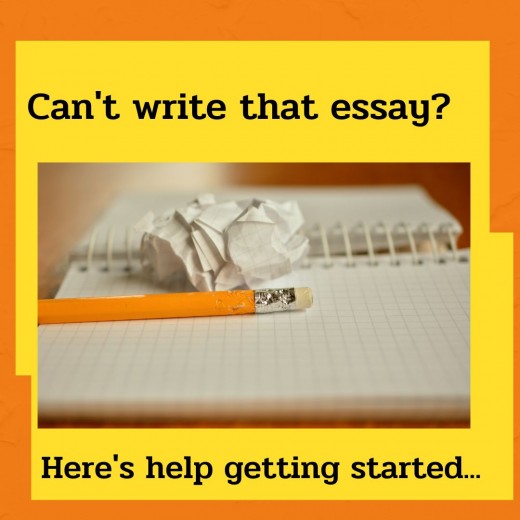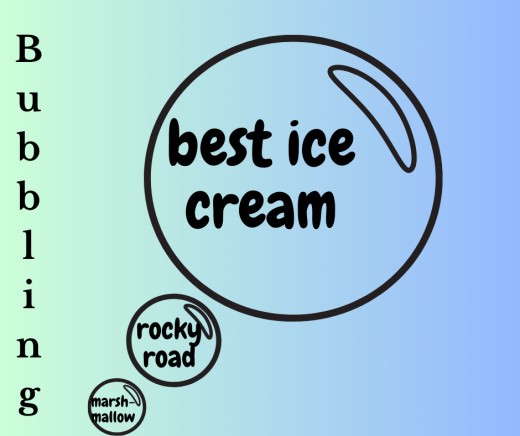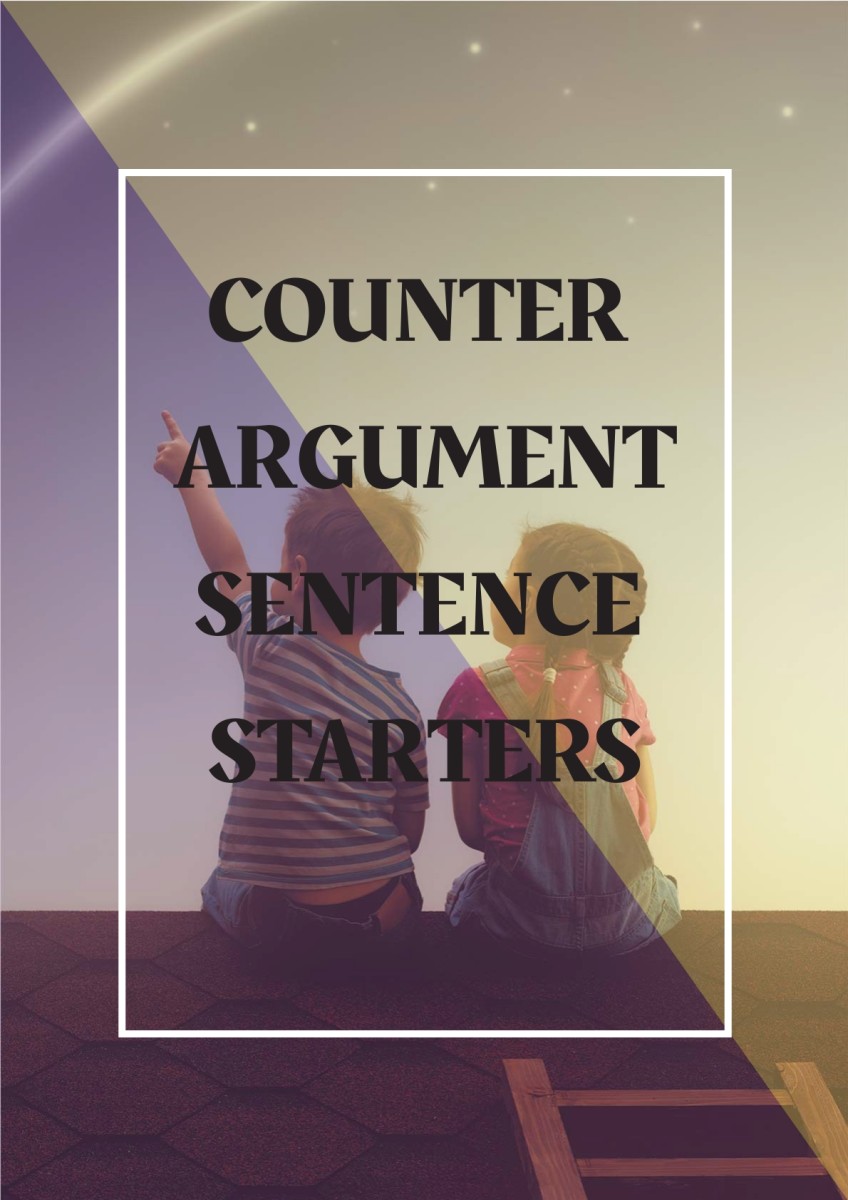Need to Write an Essay? Try These Pre-Writing Techniques.
You may remember all the pre-writing and outlining you had to do when you were in elementary school and junior high. When you hit high school, you were happy that you finally moved on from that. Maybe you should rethink it. These pre-writing techniques are more helpful than you might think.

Freewriting
Freewriting is one of my favorites.
With freewriting, you think of your topic, then start writing and don’t stop. It doesn’t have to be on the topic that you’re going to write about (although that may help). Instead, just get words on a page for about 10 to 15 minutes. It’ll feel like forever, but if you can keep with it, you’ll see your writing start to settle down and your topic might start shining through.
If you run out of things to say, it’s perfectly acceptable to just write “I don’t want to do this, this is horrible, blah blah blah” because, eventually, something will come to you again. I promise. The best part about this is that you do not worry about editing – no grammar, spelling, punctuation. Nothing but the thoughts you have.
Now, if you really want to do this the right way, after you go ahead and write for 10 to 15 minutes, you want to go back through what you’ve written and circle all the important parts. What’s good, what’s interesting, what’s important? Go ahead and take those things, and then freewrite while thinking about them. This time, only spend about five minutes on it, then repeat if you still feel like you don’t have enough to write about yet or if any questions have occurred to you.
Freewriting isn’t a quick process, that’s for sure, but in the end, you’ll have a strong start for anything you want to write.

Listing
With listing, you do exactly that. Make lists.
It might sound a bit like outlining, which I think most people agree can be horrible. Instead, you think about your topic and then write down lists that are connected to it.
For instance, if you were going to write about WWI, you’d think about poison gas, shell shock, the flu, etc. When you find something in your big list that you want to cover in your essay, take that idea and start a new list.
Sticking with the idea of the WWI list we’ve started, you may choose shell shock and then make a list of questions about it that you can answer for your paper. Or if it’s something you know about already, you can jot down notes in that list to remind you of what you’re going to cover.
The lists will grow from each other, and you’ll be getting ideas in a natural flow. I highly recommend using a Word document because then you can re-order the lists easily and keep them connected.
Brainstorming
Brainstorming is like a mix of freewriting and listing. It’s perfect if you’ve already been assigned a topic or you have an idea that you’ve selected and now you’re stumped.
You toss ideas down as quickly as you can think of them. It doesn’t matter if they have any sort of connection to each other, but they should all have a connection to the main topic you’re writing about. You can use fragments, phrases, and single words. Whatever you do, though, keep writing!
Like other types of pre-writing, the trick is in the organization. How do you pick out what you want to keep on focus on? Go back and start again, using those new topics that you generated. It might take a couple of tries to really focus in on the right number of ideas to fill the word length of the paper.

Informal Outlining
In all the years that I’ve taught, I never remember a class that enjoyed doing formal outlines. All the Roman Numerals and letters – both uppercase and lowercase – and keep track of what was part of what and why it mattered at all. Then you’d use that stiff, formal, limiting outline to write a rough draft, and then you’d need to write a second draft (maybe even a third!), and then turn it in.
This is not your typical outline. Not entirely. With an informal outline, you don’t need to worry about making full sentences, using Roman numerals, and all those fancy things. Just some words and phrases do fine. This is the best technique to use if you have the ideas in your head already and just want to go ahead and get them down on paper. It is just a way to organize things, but without imposing a fake structure. You can use your own organization and what seems logical to you.

Bubbling
If you’re more artistic at heart, you might enjoy bubbling. With bubbling, you take your topic and put it in the middle of the page in a circle. It doesn’t need to be a sentence, just a few words or a phrase.
You attach other bubbles to it, drawing lines to join them together. Then you put information in those bubbles and keep attaching more bubbles. Each bubble cluster should be on a single topic. For example, if your topic is the best ice cream, the biggest, middle bubble would say “ice cream.” From that circle, you might spin out another three circles around it. One might say “chocolate chip,” another might say “bubble gum,” and the next one might be “rocky road.”
From those three main bubbles, you would add more bubbles to them. Perhaps you’d put “marshmallows” attached to “rocky road.” It’s up to you to make those connections and organize your thoughts.
Personally, I’m horrible at drawing, and all that bubbling reminds me of is that I can’t draw a circle, but I can use images on my computer, so I can still do it.
Fast Draft
You might refer to a fast draft as a first draft. It’s only possible if you know your idea well and need to get those ideas down, and you need to get them done in a hurry. Fast draft works for me when the ideas are already organized in my mind, and I don’t want to forget anything.
Even then, it’s a bit like freewriting because you write down everything in one big rush. The difference between this and freewriting is that, unlike freewriting, you’ll be using a fast draft with organized and existing ideas.
It can be one of the ways to get started when you know what you want to say but get nervous at the thought of writing an essay from scratch. When you fast draft, you skip the introduction and conclusion. You only write them once you’ve gotten the draft down. The ability to not start at the beginning can relax you and get your mind going.

Bubbling
In bubbling, you start with a circle with a word or phrase in it. (The word or phrase should be your topic or related to it.) Then you start drawing circles that radiate out from it. Each should be connected to the original thought in some way, and you attach them with lines. You can take it further – and you should – by then looking at those connected words and thoughts and do the same thing to them. By the end, it should look almost like a mapping of DNA. It’s a great method of you’re a visual learner or you like designs. Personally, I’m horrible at drawing, and all that bubbling reminds me of is that I can’t draw a circle, but I can use PowerPoint (as you can see in the image), so that’s an option for those who are computer literate.
© 2013 Katherine Sanger






